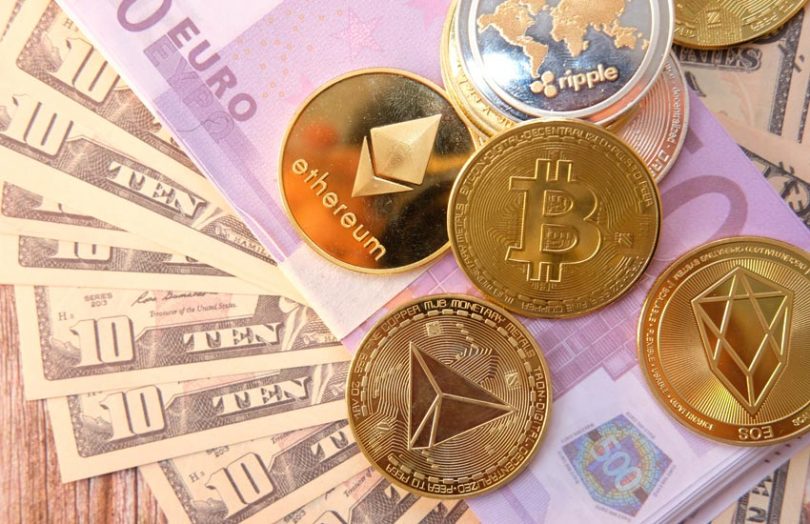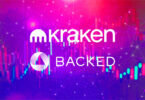Today the founder of public blockchain EOSIO, Block.one, announced that it plans to launch a new cryptocurrency exchange with $10 billion in funding, $9.7 billion coming from Block.one itself. $300 million in outside strategic investment comes from Nomura, Peter Thiel’s Thiel Capital and Founders Fund, Alan Howard, Louis Bacon, Richard Li, Christian Angermayer, and Mike Novogratz’s Galaxy Digital.
In the last cryptocurrency bull market, Block.one conducted the largest ever ICO of $4 billion for EOSIO. While EOS was a top-five cryptocurrency at one point, it is now ranked 23rd with a market capitalization of $9.3 billion. Block.one must have invested a major chunk of the EOS proceeds in Bitcoin because most of the Bullish funding comes from 164,000 bitcoin valued at $9.1 billion at current prices.
The new exchange aims to combine the best features of centralized exchanges, such as performance, privacy and compliance, with the benefits of decentralized finance (DeFi) and will launch this year.
Article continues …

Want the full story? Pro subscribers get complete articles, exclusive industry analysis, and early access to legislative updates that keep you ahead of the competition. Join the professionals who are choosing deeper insights over surface level news.






